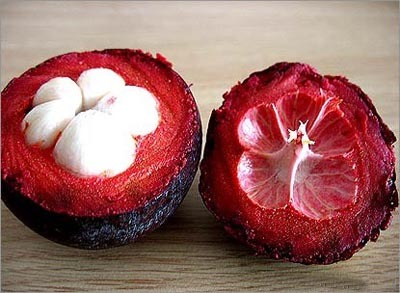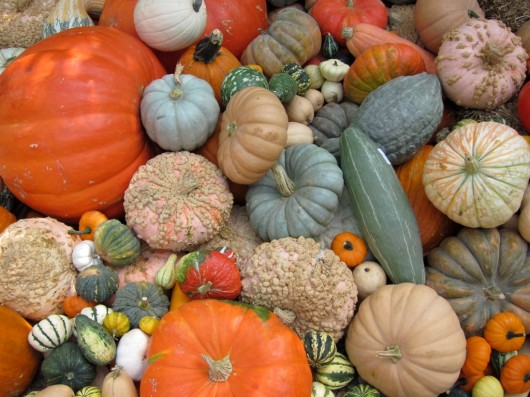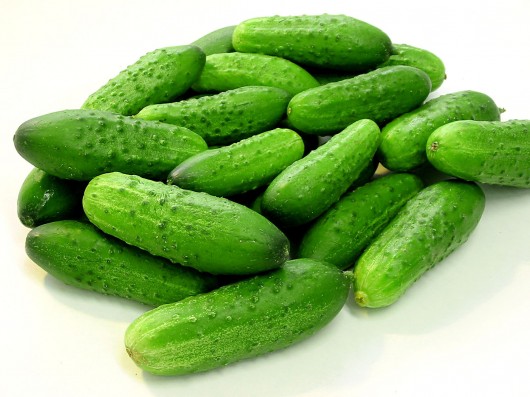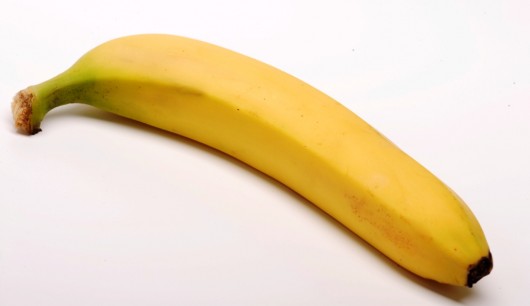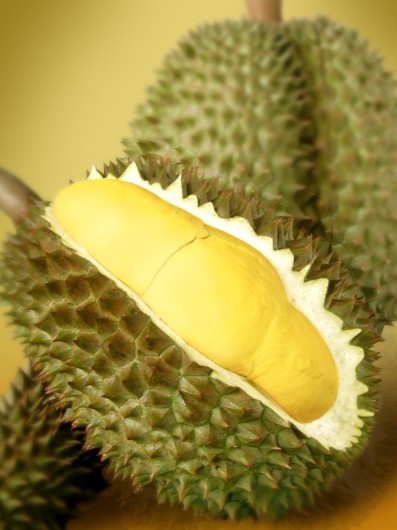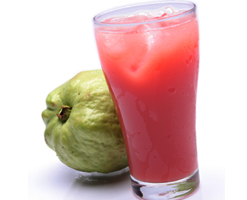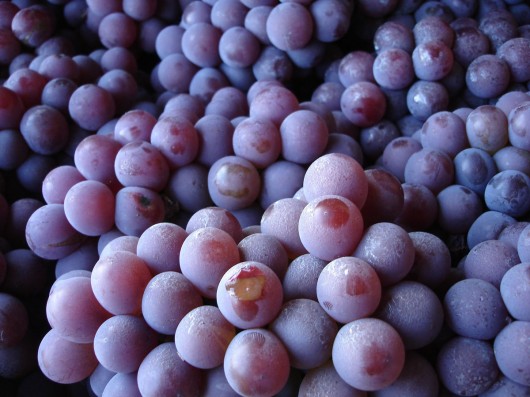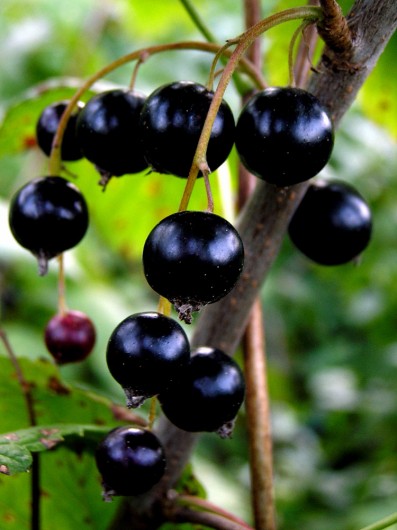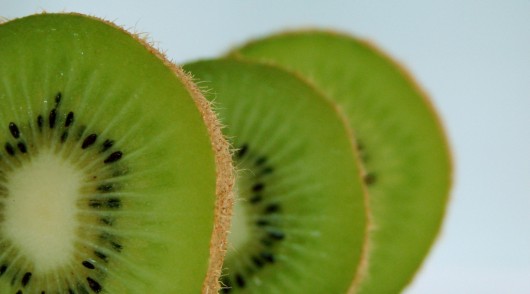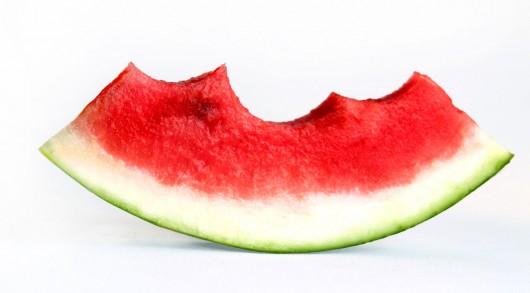Which Fruit Has The Highest Oxygen Radical Absorbance Capacity (ORAC) – The Most Antioxidants?
Antioxidants
Mentioning antioxidants goes hand in hand with another frequently used term – free radicals. We have an interesting and in depth article on both free radicals and antioxidants if you follow these links so I won’t go much into details here. But I do urge you to read both articles to better understand what are antioxidants, what are free radicals, how do they interact and what consequences do they have on our bodies and our health.
But to sum it up in short – an antioxidant is a molecule that counteracts the process of oxidation in animal tissue. Free radical is a highly unstable molecule that is formed as a by-product of our body’s natural metabolism or as a result of environmental influences. Free radicals are thought to be the cause of degradation within our bodies. Antioxidants neutralize the free radicals and stop cellular damage before it starts.
Top Fruits For Antioxidant Content
The amounts of antioxidants are given for 100g of each fruit. Oxygen Radical Absorbance Capacity (ORAC) values are given as micromol Trolox equivalents (TE). To find out more about this – go here.
Also – different sources cite quite different ORAC values for each fruit. For instance – quite often blueberries can be found higher on the list and mangosteen much lower on the list. This data was collected from a few different sources (mainly from oracvalues.com and nutrition-and-you.com) and is unfortunately not considered to be 100% correct as (we assume) goes for any data that you can find about ORAC levels. We imagine that this has also a lot to do with the origin and state of the fruits tested and the testing methods themselves.
Anyway – this list is still a good approximate of the ORAC values of each fruit and can tell you which fruits are antioxidant rich and which are not so rich.
1 Mangosteen 20.000,00 µ mol TE
2 Elderberry 14.697,00 µ mol TE
3 Pomegranate 10.500,00 µ mol TE
4 Cranberry 9.584,00 µ mol TE
5 Blackcurrant 7.950,00 µ mol TE
6 Plum 7.581,00 µ mol TE
7 Apple 5.900,00 µ mol TE
8 Blueberry 5.562,00 µ mol TE
9 Blackberry 5.347,00 µ mol TE
10 Raspberry 5.065,00 µ mol TE
11 Strawberry 4.188,00 µ mol TE
12 Cherry (sweet) 3.747,00 µ mol TE
13 Redcurrant 3.387,00 µ mol TE
14 Gooseberry 3.332,00 µ mol TE
15 Fig 3.200,00 µ mol TE
16 Guava 2.550,00 µ mol TE
17 Grape 2.389,00 µ mol TE
18 Tangerine 1.620,00 µ mol TE
19 Lemon 1.346,00 µ mol TE
20 Peach 1.300,00 µ mol TE
21 Apricot 1.115,00 µ mol TE
22 Kiwi 862,00 µ mol TE
23 Banana 795,00 µ mol TE
24 Orange 726,00 µ mol TE
25 Pear 704,00 µ mol TE
26 Carrot 697,00 µ mol TE
27 Pumpkin 483,00 µ mol TE
28 Grapefruit 460,00 µ mol TE
29 Tomato 387,00 µ mol TE
30 Pineapple 385,00 µ mol TE
31 Melon (Cantaloupe) 319,00 µ mol TE
32 Papaya 300,00 µ mol TE
33 Mango 300,00 µ mol TE
34 Watermelon 142,00 µ mol TE
35 Cucumber 140,00 µ mol TE
36 Lime 82,00 µ mol TE
